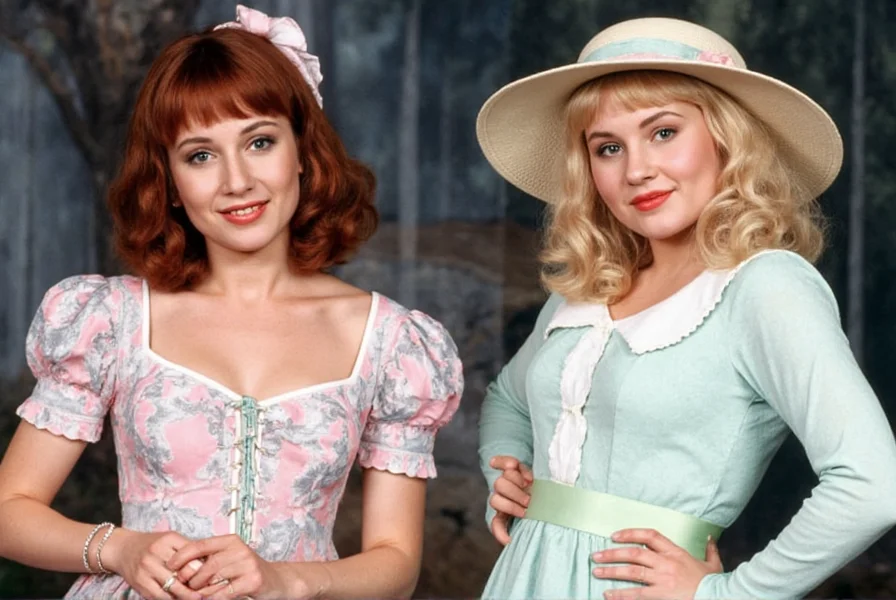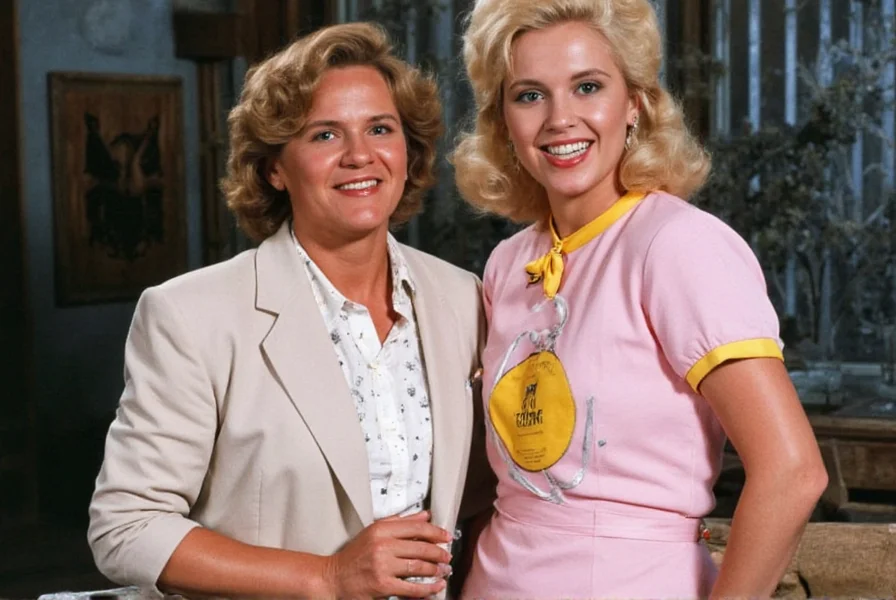For over half a century, the question ginger or mary ann has sparked lively discussions among television fans and cultural commentators. This enduring pop culture phenomenon stems from the beloved 1960s sitcom Gilligan's Island, where viewers were presented with two distinctly different female archetypes stranded on a deserted island.
The Origins of the Ginger vs Mary Ann Dichotomy
The CBS television series Gilligan's Island aired from 1963 to 1967 and followed seven castaways stranded on a remote Pacific island. Among them were two contrasting female characters who would become the center of this cultural debate:
- Ginger Grant (played by Tina Louise) - The glamorous Hollywood movie star known for her red hair, evening gowns, and sophisticated demeanor
- Mary Ann Summers (played by Dawn Wells) - The sweet-natured farm girl from Kansas with blonde hair, practical clothing, and down-to-earth personality
Though the show never explicitly asked viewers to choose between them, the stark contrast between these characters created what media scholars call the ginger and mary ann character archetype - representing two competing visions of femininity that resonated deeply with American audiences.
Character Analysis: Understanding the Cultural Divide
The enduring nature of the ginger or mary ann debate stems from how these characters embodied fundamentally different ideals:
| Characteristic | Ginger Grant | Mary Ann Summers |
|---|---|---|
| Personality | Sophisticated, glamorous, sometimes temperamental | Wholesome, practical, consistently kind |
| Clothing Style | Evening gowns, high heels (impractical for island life) | Gingham dresses, practical footwear |
| Background | Hollywood movie star | Kansas farm girl |
| Cultural Symbolism | Urban sophistication, sexuality, celebrity culture | Rural values, innocence, traditional femininity |
This ginger versus mary ann character comparison represents more than just personal preference—it reflects broader cultural tensions between traditional and modern values, rural and urban lifestyles, and different conceptions of female identity that were particularly relevant during the social changes of the 1960s.
Why the Debate Endures: Cultural Significance
Several factors contribute to the longevity of the ginger or mary ann cultural phenomenon:
First, the characters represent what media scholars call "archetypal opposites"—two clearly defined, mutually exclusive options that create a compelling binary choice. This simplicity makes the debate accessible and engaging for casual viewers and serious fans alike.
Second, the question taps into deeper cultural conversations about femininity that remain relevant today. The ginger and mary ann character symbolism continues to inform discussions about how women are portrayed in media and the limited archetypes often assigned to female characters.
Third, the show's enduring popularity through syndication and nostalgia has kept this debate alive across multiple generations. Modern audiences continue to discover Gilligan's Island and engage with this classic character dichotomy.
Evolution of Fan Preferences Over Time
Research into ginger or mary ann fan preference trends reveals interesting shifts in audience alignment:
- 1960s-1970s: Mary Ann was generally preferred by mainstream audiences, reflecting the era's emphasis on traditional values
- 1980s-1990s: Ginger gained popularity as cultural attitudes toward female sexuality and independence evolved
- 2000s-present: More nuanced perspectives have emerged, with many fans appreciating both characters for different reasons
Contemporary analysis of the ginger versus mary ann cultural debate often focuses on how these characters represent limited options for women in 1960s television, with modern viewers recognizing that real women don't fit neatly into either archetype.
The Lasting Impact on Pop Culture
The phrase ginger or mary ann has transcended its television origins to become a cultural shorthand for any situation presenting two contrasting options, particularly when discussing female archetypes.
This enduring reference appears in:
- Modern television shows making meta-references to the dichotomy
- Academic studies of gender representation in media
- Marketing campaigns leveraging the familiar cultural reference
- Everyday conversations about personal preferences between contrasting options
Understanding the significance of ginger or mary ann choice provides valuable insight into how television shapes cultural conversations and how certain pop culture moments can resonate for generations.
Conclusion: Beyond the Binary Choice
While the ginger or mary ann debate presents a seemingly simple choice, its enduring relevance lies in what it reveals about cultural values, media representation, and how audiences engage with fictional characters.
Rather than viewing this as a question requiring a definitive answer, contemporary analysis recognizes the value in examining why this particular dichotomy captured the public imagination and what it tells us about evolving perspectives on gender and identity.
Whether you personally lean toward the sophistication of Ginger or the wholesomeness of Mary Ann, appreciating the cultural significance of this enduring question offers a window into how television shapes and reflects societal values across generations.

Frequently Asked Questions
What does 'ginger or mary ann' refer to in pop culture?
'Ginger or Mary Ann' refers to the iconic choice between two female characters from the 1960s television sitcom 'Gilligan's Island' - Ginger Grant, the glamorous movie star, and Mary Ann Summers, the wholesome farm girl. This cultural reference has endured for decades as fans debate which character better represents ideal femininity.
Why did the ginger or mary ann debate become so popular?
The ginger or mary ann debate became popular because the characters represented two distinctly different archetypes of femininity that resonated with viewers. Ginger symbolized sophistication and sexuality while Mary Ann represented traditional wholesomeness, creating a compelling cultural dichotomy that reflected broader societal tensions of the 1960s.
Which character was more popular during Gilligan's Island's original run?
During Gilligan's Island's original run in the 1960s, Mary Ann was generally more popular with mainstream audiences. This reflected the era's emphasis on traditional values, though Ginger developed a strong following among viewers who appreciated her sophistication and glamour.
How has the ginger versus mary ann debate evolved over time?
The ginger versus mary ann debate has evolved from a simple preference question to a more nuanced cultural discussion. While early audiences often chose one over the other, modern analysis recognizes the limitations of this binary choice and appreciates both characters for representing different aspects of female identity in media history.
Is the ginger or mary ann reference still relevant today?
Yes, the ginger or mary ann reference remains culturally relevant as a shorthand for discussing contrasting archetypes or choices. It appears in modern television, academic studies of gender representation, and everyday conversations, demonstrating how certain pop culture moments can maintain significance across generations.











 浙公网安备
33010002000092号
浙公网安备
33010002000092号 浙B2-20120091-4
浙B2-20120091-4